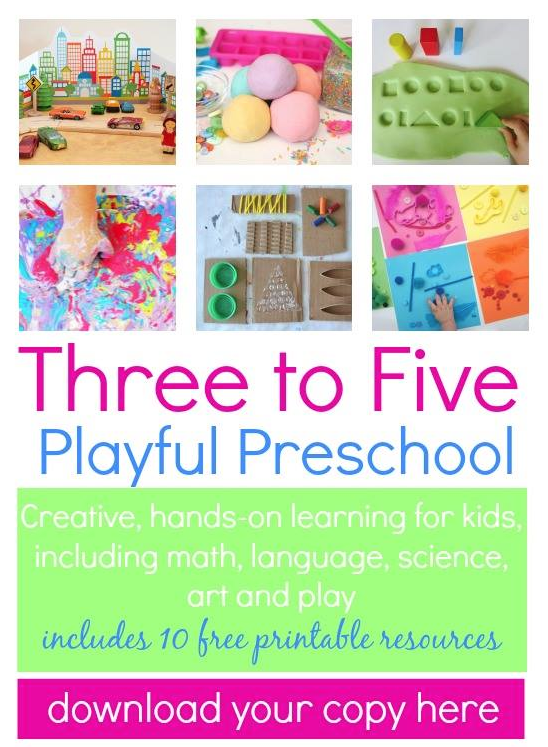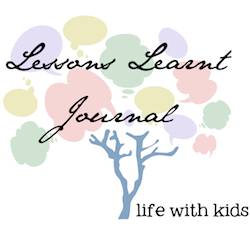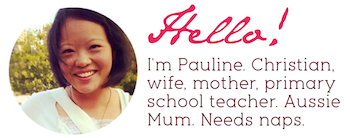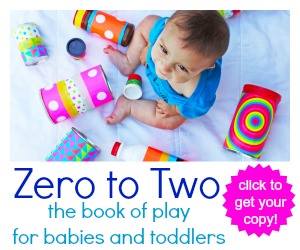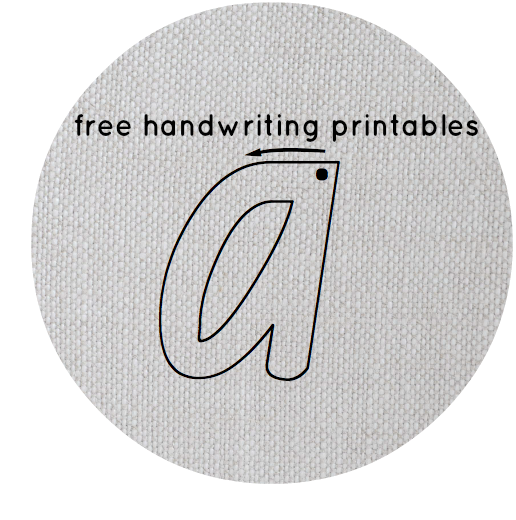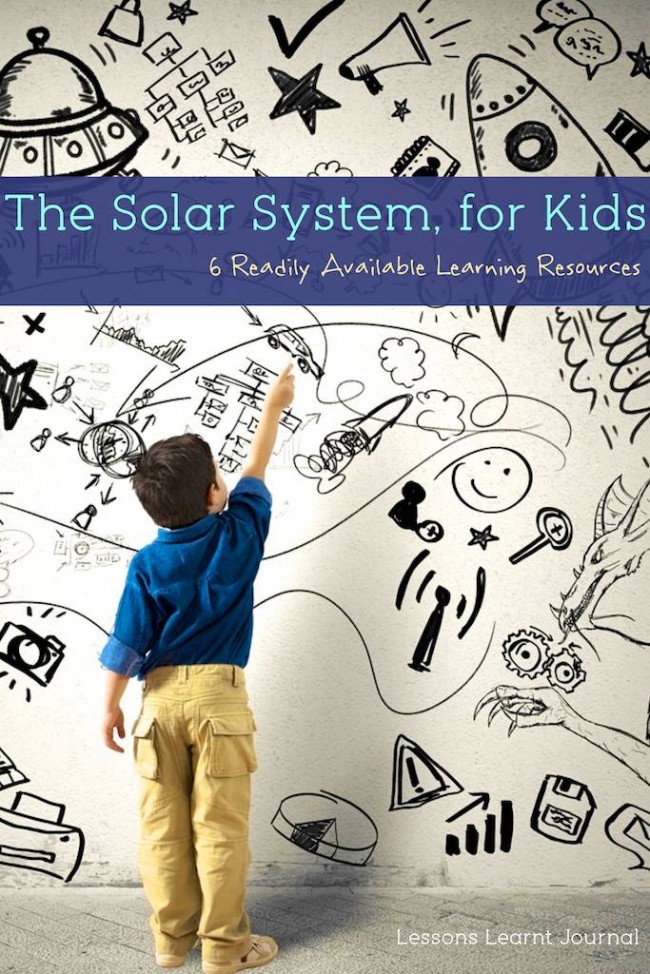
The solar system; Earth and Space. This has been a subject of scientific curiosity for the Twin 5s for some months now. We live in Sydney, and it’s rare for us to have those clear, dark nights when you can really see the stars. I guess that’s what happens when you’re smothered in city lights.
Still, on nights when my kids are still up, a fair time after sunset, they look up at the night sky and are over the moon – at the sight of the moon; and when they catch a glimpse of Jupiter – boy, oh boy, are they an excited bunch.
One quiet afternoon, during the school holidays, before the Twin 5s started school, (it seems like a lifetime ago now, although it’s only really been 5 weeks!), I sat down with them and explored the topic of the solar system, together, in a bit more depth.
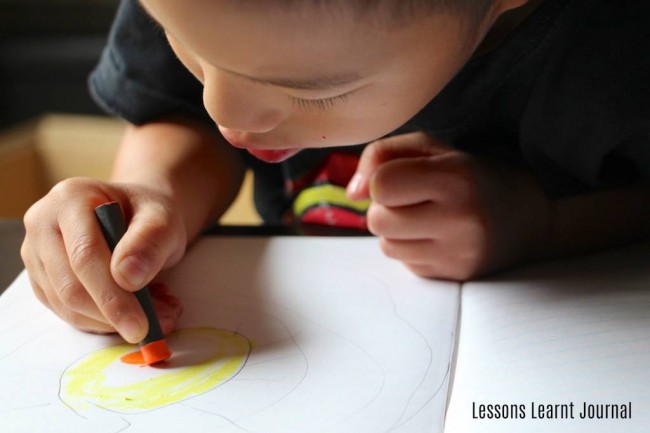
We looked at pictures of the Solar System. The solar system art prints I found online (links below), were simple and clear, making them useful visual resources. Looking at the art prints, we talked about how the solar system is made of a group of planets, moons and other bodies that orbit (go around) the Sun.
We talked about how the Sun is a star, that makes its own heat and light. We talked about and wrote, the number fifteen million, because that, in degrees Celsius is how hot the centre (core) of the sun is. Mr N had the biggest grin when he saw the number of zeros fifteen million had! It’s such a huge number. He was quite fixated with the cores, of the sun and of each planet (and their respective moons), hence his drawings of the cores in the solar system.
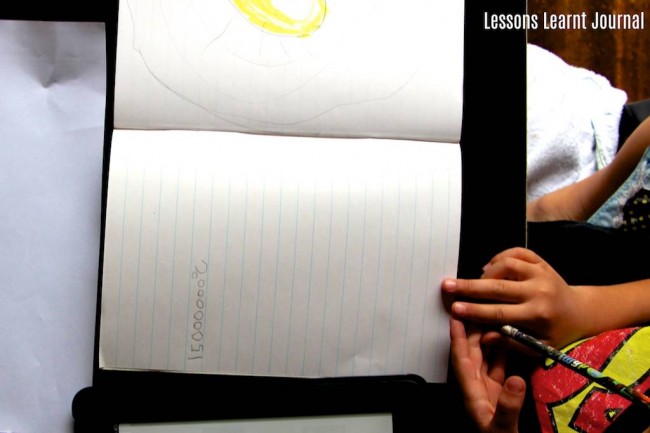
We talked about how Earth is a very special planet because it’s the only planet to have life, as scientists are yet to find life else where in our Solar System. We talked about how earth is the “blue planet” because most of earth is covered with water. Mr M has always had a particular eye for colour and this fact, that earth is the blue planet, clearly stuck with him, as his drawing of the solar system shows.
We also briefly talked about the inner solar system, which has the rocky planets, Mercury, Venus, Earth and Mars; and the outer solar system, which has the gas giants, Jupiter, Saturn, Uranus and Neptune. Lastly – we talked about Pluto – because it was no where to be found on any of the Solar System art prints. Thanks to the videos on Brain Pop (link below), we now know that Pluto is a dwarf planet, with a bit of a wonky orbit around the Sun.
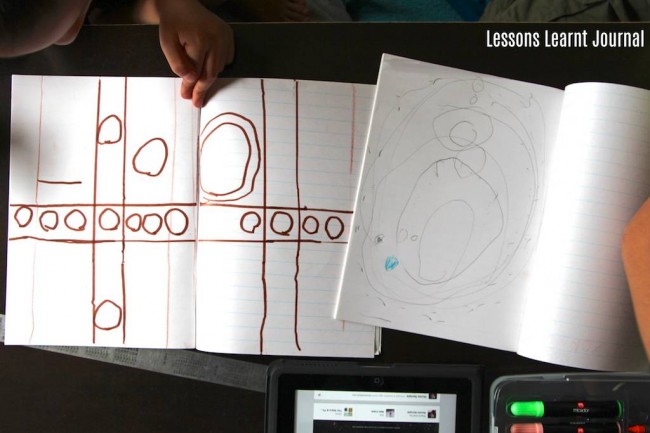
All the above concepts didn’t come about in one short afternoon. Mr N and M have been immersing themselves, independently with the following online educational resources for a few weeks, possibly months now. They are still fascinated with the subject of Earth and Space, and they still search out for information themselves. They still love throwing space facts in my direction – along with a zillion space questions.
That’s what I love about child-led learning. When the right environment is provided, when kids have access to resources, conversations and knowledge about things they are naturally curious about – they learn complex concepts, almost effortlessly, and they continue to question, and want to learn more.
Do you have a child who is curious about the Solar System, or Earth and Space? Here are six readily accesible learning resources about the Solar System for kids that we have used, in our home to support our children and encourage their curiosity.
Online Educational Resources
- Brain Pop Jr, all the space videos (Earth, Mars, the Moon, the Solar System and the Sun). There’s a yearly subscription. In my opinion, it’s worth every cent and more – (not sponsored, just saying).
- Study Ladder – various Space interactive questions and videos. There’s a free version and a paid version. We have the paid version. I’m not sure if all the space related content is available via the free version.
- Sydney Observatory Monthly Sky Guides, with Sky Charts showing where the Planets are in the Australian Night Sky.
Solar System Art Prints
- Solar System Art Print by Jazzberry Blue.
- Solar System Print by Brandonriesgo via Etsy.
- The Solar System Print, Pour one out for Pluto by I Screen You Screen.
More Activities for Preschoolers
Three to Five: Playful Preschool is stuffed to the brim with tried, tested and loved playful learning ideas for preschoolers. There are 25+ ideas for preschoolers, ten printable resources and additional links to over 50 more activities. A great resource for parents. Download your copy here.
If you enjoyed this post, please consider leaving a comment; I’d love to hear from you. If you are new here, you might like to receive updates direct to your email. We have many fun ideas to share.

